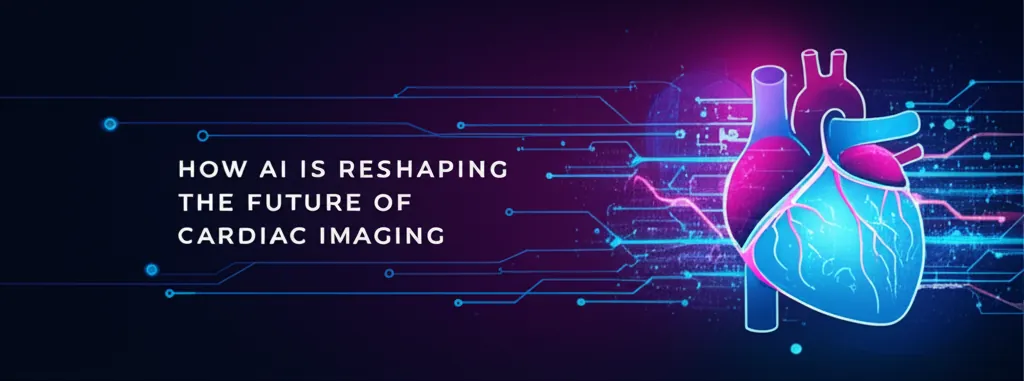Combining AI and Classical Vision for Better Machine Inspection
For decades, industrial inspection relied on classical machine vision systems. These systems are masters of precision, built on deterministic, rule-based algorithms perfect for controlled environments. They excel at measuring dimensions, finding edges, and confirming the presence of parts. However, they can falter when faced with the unpredictability of the real world, such as shifting light, variable object appearances, or minor inconsistencies in assembly.
The AI Revolution in Vision
In recent years, Artificial Intelligence (AI), and specifically Deep Learning, has introduced a new paradigm. Instead of being programmed with rigid rules, AI systems learn directly from data. This allows them to recognize complex patterns and identify anomalies that are nearly impossible to define with traditional code, opening up new frontiers in visual inspection, classification, and understanding industrial scenes.

But the true breakthrough isn't about replacing the old with the new. It's about creating a powerful partnership between them.
A Powerful Partnership: The Hybrid Approach
A hybrid machine vision system leverages the best of both worlds, creating a solution that is greater than the sum of its parts:
- Classical Image Processing: Provides the speed and control for foundational tasks. It can handle high-speed, physics-based analysis and pre-processing steps like locating regions of interest, aligning images, or enhancing contrast.
- AI Models: Offer the flexibility and intelligence to handle complexity. The AI can then interpret intricate patterns, such as verifying if a connector is seated correctly, detecting subtle surface defects, or confirming the semantic correctness of an entire assembly.
Tangible Benefits for Modern Industry
This integrated approach delivers significant advantages on the factory floor, especially in high-mix, low-volume manufacturing where product variability is the norm.
- Higher Accuracy: Systems become far more reliable in unpredictable environments.
- Reduced Errors: A better contextual understanding of the scene leads to fewer false positives and negatives.
- Faster Deployment: Development is streamlined with more adaptive logic and fewer hard-coded rules to manage.
- Easier Maintenance: Engineers spend less time fine-tuning thresholds and filters as the system can adapt more intelligently.
Hybrid Vision in Action: A Case Study
A practical example of this synergy comes from the RUBY-AI, an innovative product from Brossh. This AI-powered optical head is mounted on a robotic arm and autonomously scans complex assemblies in real time. It verifies component presence, position, and orientation while simultaneously detecting defects. By fusing AI decision-making with classical image pre-processing, the system achieves remarkable robustness even under dynamic factory conditions.
The Future is Hybrid
The future of machine vision is not a choice between classical methods and AI, but a fusion of both. It is a hybrid, intelligent, and collaborative field where engineers and AI specialists must work together to build solutions that are not only technologically advanced but also commercially scalable.
Ultimately, AI doesn't replace classical vision. It enhances it—making it more adaptive, insightful, and powerful than ever before.


